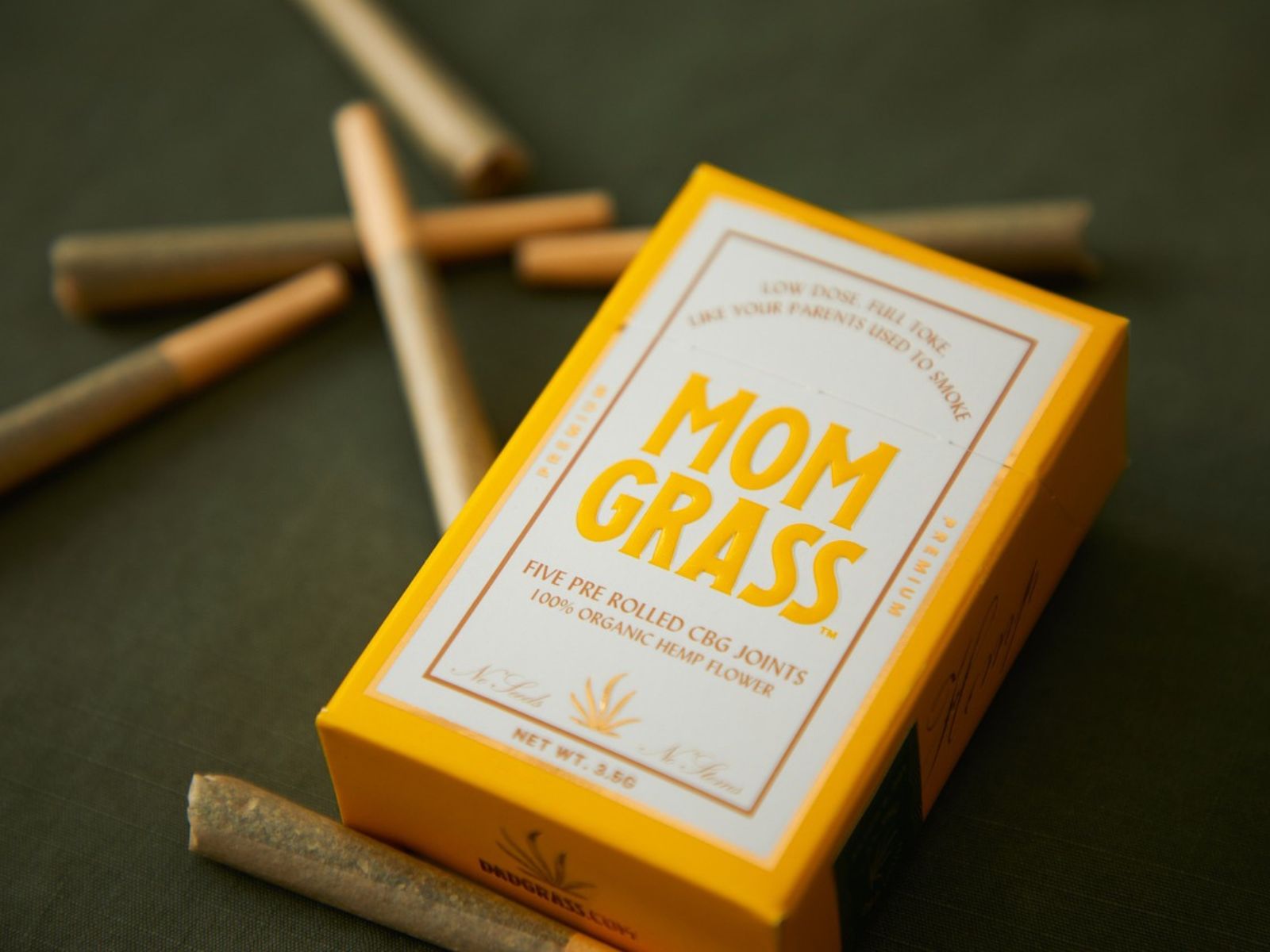Scientifically speaking, hemp and cannabis are the same crop. However, in the legal arena hemp and non-hemp cannabis are two different things. At the federal level in the United States, cannabis harvests containing .3% THC or less qualify as ‘hemp,’ whereas crops with THC percentages above that threshold are ‘cannabis’ and remain prohibited outside of federally approved research programs.
A growing industry battle has brewed in recent years between state-regulated cannabis industries and an emerging industry selling ‘intoxicating hemp products.’ In many ways, the hemp-derived product industry has tremendous advantages over the non-hemp product industry.
Hemp businesses pay considerably lower fees and do not have nearly the level of regulation and market limitations compared to non-hemp businesses. A recent survey conducted by the Cannabis Business Times found that a vast majority of non-hemp businesses, and nearly half of hemp businesses (46%), support regulating intoxicating hemp products.
“Four out of five (80%) survey participants from state-legal (adult-use or medical) cannabis businesses think intoxicating hemp-derived cannabinoids should be regulated the same way as products sold in medical and/or adult-use state-legal cannabis markets.” Cannabis Business Times stated in its original reporting. “This is 11 percentage points higher than the 69% of overall survey participants from the cannabis and hemp industries combined.”
For many years, the hemp industry in the United States revolved around textiles and non-intoxicating consumables. Once the 2018 Farm Bill legalized hemp production across the nation, savvy entrepreneurs started to create products using ‘alternative cannabinoids’ derived from hemp such as delta-8 and delta-9, which, in turn, paved the way for a thriving industry.
In 2019, Texas passed state-level hemp legislation to implement a regulatory framework for the state’s emerging hemp industry, which is something that not many states did.
“Here in Texas, House Bill 1325 was signed into law in June 2019 and authorizes the production, manufacture, retail sale, and inspection of industrial hemp crops and products. This also includes products for consumable hemp products which contain cannabidiol (CBD), as well as other edible parts of the hemp plant. The Texas Department of Agriculture opened the hemp licensing and permit application process online on March 16, 2020.” The Texas Department of Agriculture states on its website.
Texas does not currently limit the number of dispensary registrations or hemp licenses it allows. Retailers must pay an annual fee of $155 per location. According to Houston’s Alternative Products Expo, Houston has experienced a 20% increase in new hemp businesses over the past year, “and now boasts over 500 smoke shops in total” according to original reporting by Chron.
During a recent Texas Senate hearing, “the state department of health and human services revealed there are just six full-time employees tasked with inspecting the state’s over 7,000 licensed hemp businesses, to say nothing of its unlicensed purveyors” reports Chron.
The Texas Hemp Business Council lists the following information about the Texas hemp-derived cannabinoids market:
- Sales of hemp-derived cannabinoids in Texas generate more than $8 billion annually.
- Between $19.1 and $22.4 billion in economic activity is generated by the local hemp-derived cannabinoid retail, manufacturing and wholesale sectors.
- The hemp industry pays upwards of $1.6 billion in annual worker wages.
- The hemp sector has created or expanded more than 5,000 businesses in the state.
- More than 750 licensed Texan farmers cultivate up to 3,300 acres of hemp for the state and throughout the U.S.
The United States adult-use cannabis industry has generated over $20 billion in total tax revenue since the first legal recreational cannabis purchase was made in Colorado on January 1st, 2014 according to a report by the Marijuana Policy Project.
“Through the first quarter of 2024, states have reported a combined total of more than $20 billion in tax revenue from legal, adult-use cannabis sales. In 2023 alone, legalization states generated more than $4 billion in cannabis tax revenue from adult-use sales, which is the most revenue generated by cannabis sales in a single year.” the Marijuana Policy Project stated in a press release.
79% of people living in the United States lived in a county with at least one regulated cannabis dispensary according to an analysis by the Pew Research Center. The Pew Research Center also found the following:
- 74% of people in the U.S. live in a state where recreational or medical cannabis is legal
- There are nearly 15,000 cannabis dispensaries in the U.S.
- California has the most overall dispensaries (3,659)
- Oklahoma has the most dispensaries per capita (36 dispensaries for every 100,000 residents)
Total legal cannabis sales in the United States are expected to reach $31.4 billion in 2024 according to a recent analysis by Whitney Economics. Additionally, leading cannabis jobs platform Vangst, in conjunction with Whitney Economics, estimates that the legal cannabis industry now supports 440,445 full time-equivalent cannabis jobs in the United States.
Whitney Economics also projects the following legal cannabis sales figures in the United States for the coming years:
- 2024: $31.4 billion (9.1% growth from 2023)
- 2025: $35.2 billion (12.1% growth from 2024)
- 2030: $67.2 billion
- 2035: $87.0 billion
The emerging legal cannabis industry in the United States is projected to add roughly $112 billion to the nation’s economy in 2024 according to an analysis by MJBiz Daily. The projection is part of the company’s 2024 MJBiz Factbook.
“The total U.S. economic impact generated by regulated marijuana sales could top $112.4 billion in 2024, about 12% more than last year,” MJBiz stated in its initial reporting.

